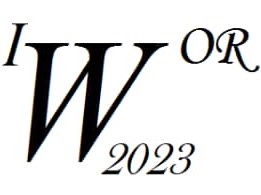Ponente
Descripción
The greatest natural disasters of our country’s history have been associated with tropical cyclones, which generate strong winds. For this reason, is important for the Meteorological Institute, especially for the Clime Center to develop a methodology to characterize the meteorological variable maximum wind. For this reason, a series of software’s were developed using statistical methods through which we can provide services, obtain economic gain, and develop better research lines. Two of such computational tools are TkHURS.exe and SEVECLIM.exe. TkHURS.exe provides the ability to calculate return periods and to calculate estimated hurricane frequencies, through the adjustment of a Poisson Model of the variable that counts the number of hurricanes per year that have affected Cuba. SEVECLIM.exe is used to calculate return periods of extreme climatological variables through different probability distributions, to obtain the model that best fit the data, to estimate the return periods, as well as the main statistics. With the model that best fits the data, it is possible to be closer to reality when performing an estimation thus providing a better knowledge of the regime of the studied variable. The methodology proposed in this work provides a better understanding of both software’s utilization using the data collected on the Casablanca weather station, 1909-2022.
Key Words: hurricanes, extreme value, maximum wind, probability distributions and return periods.

